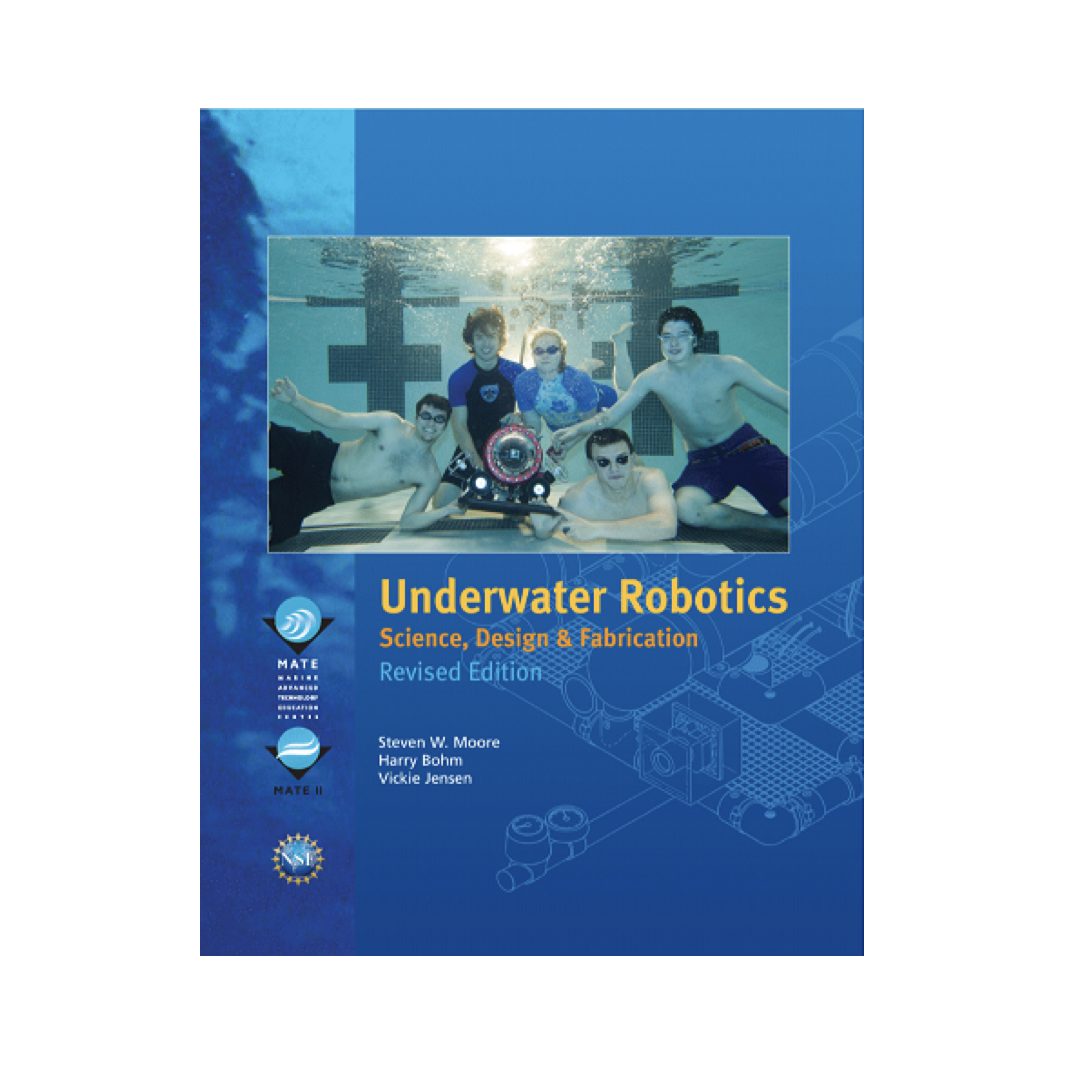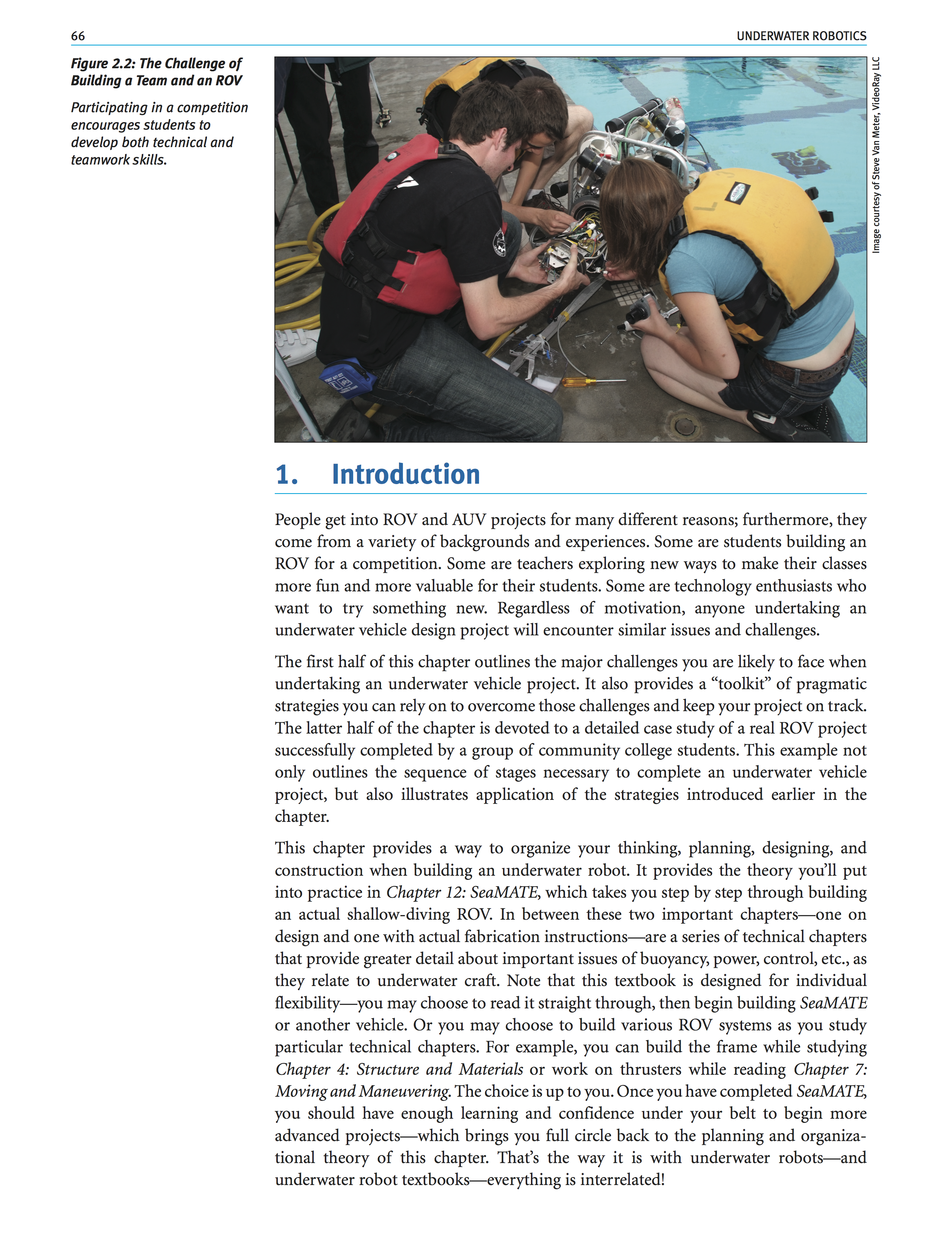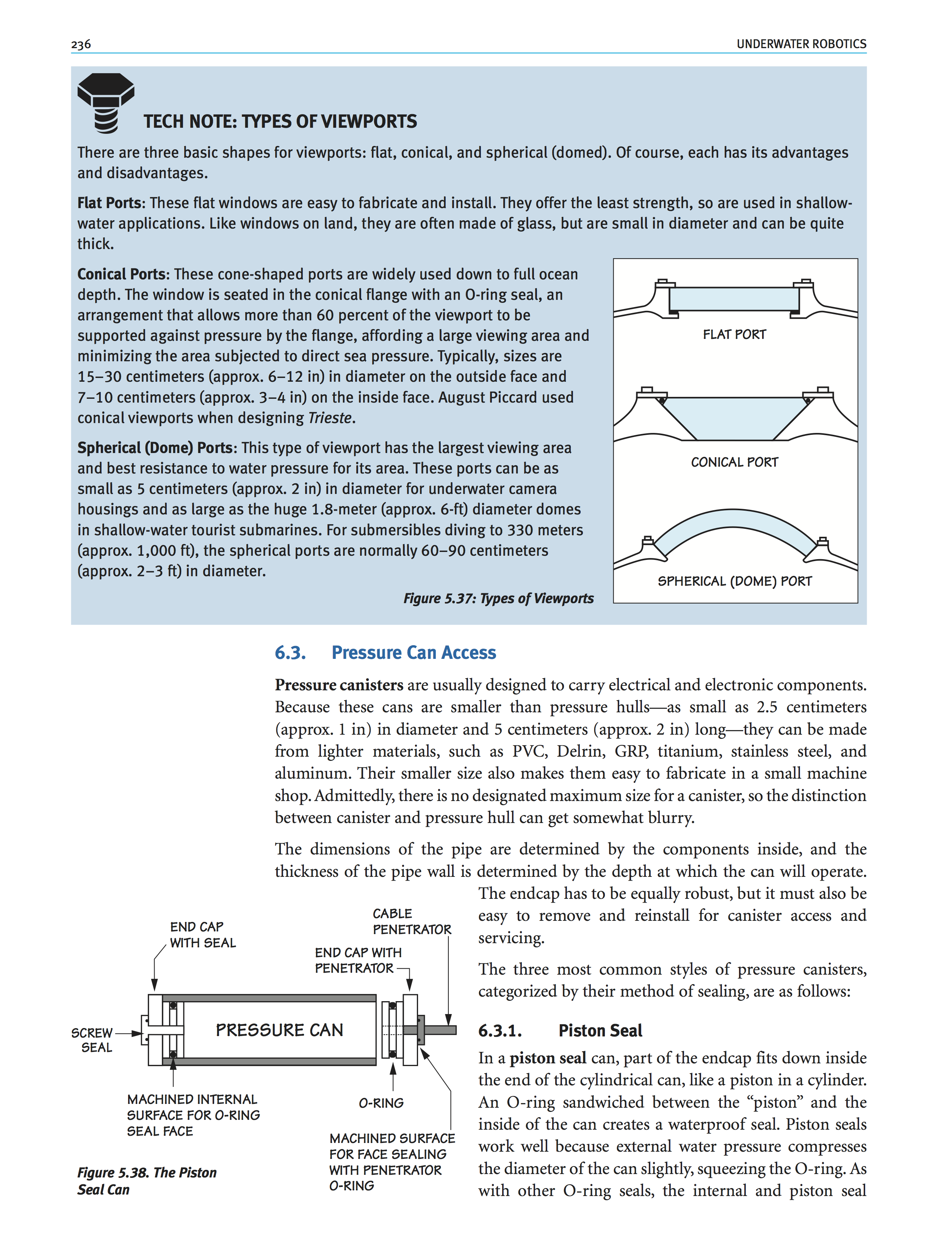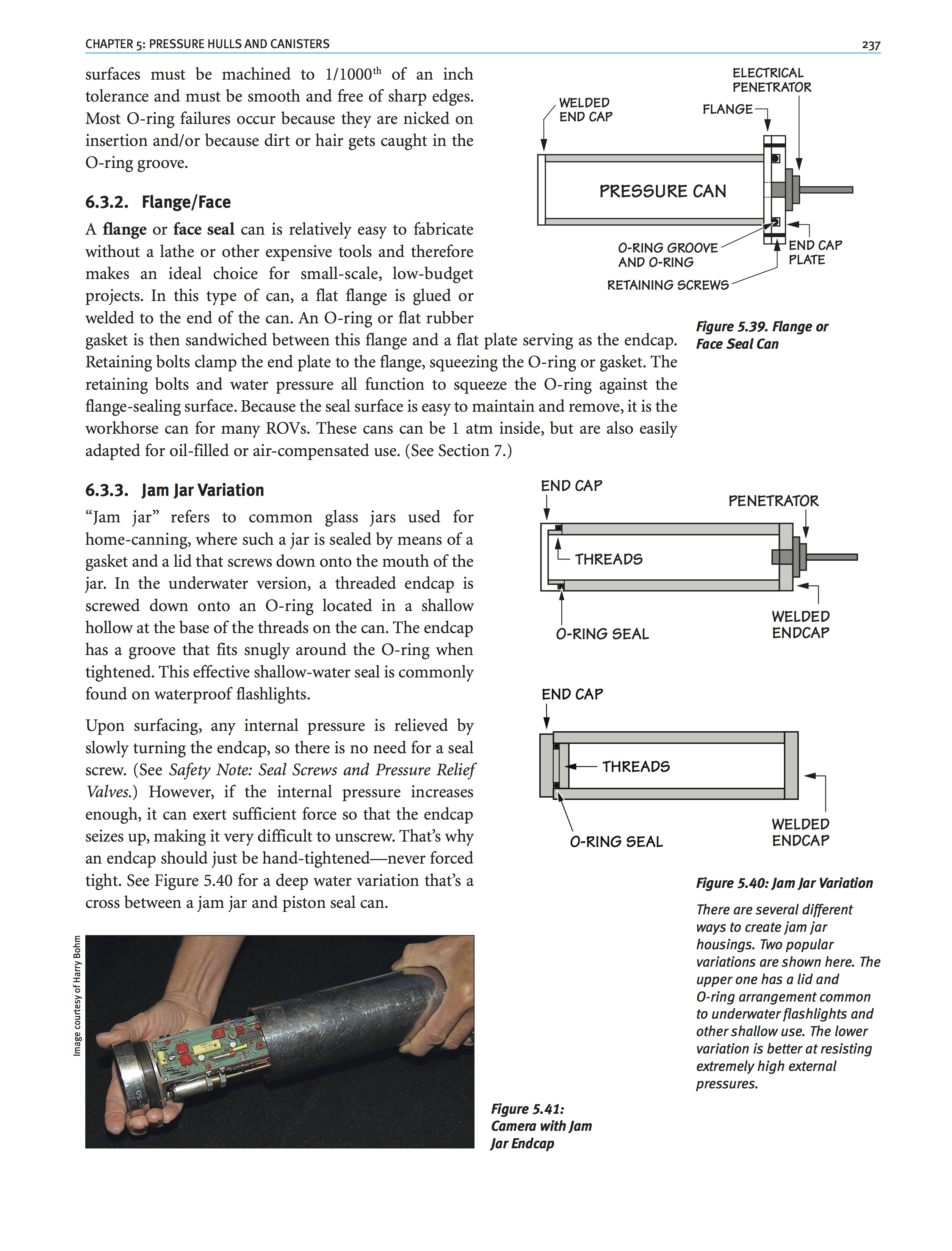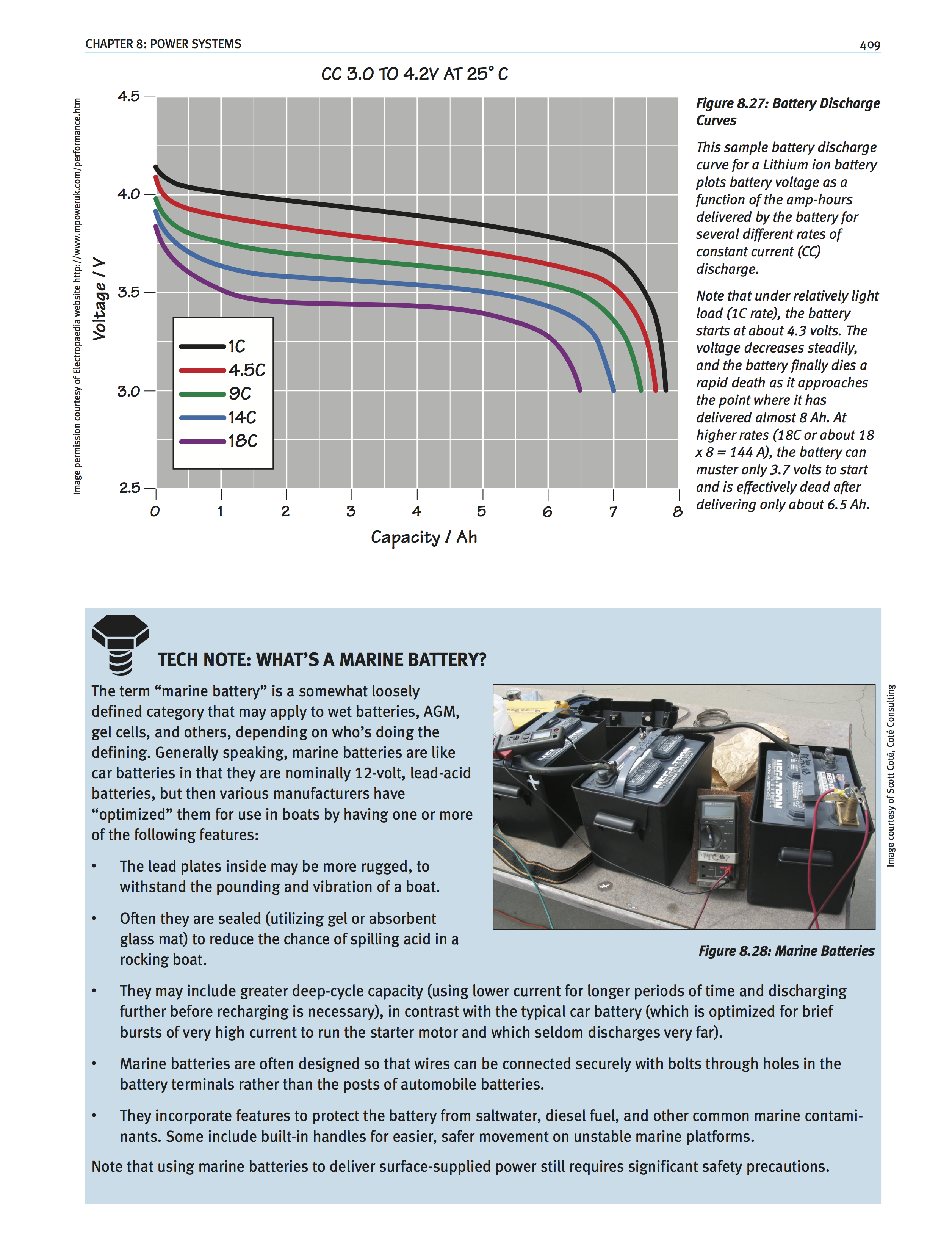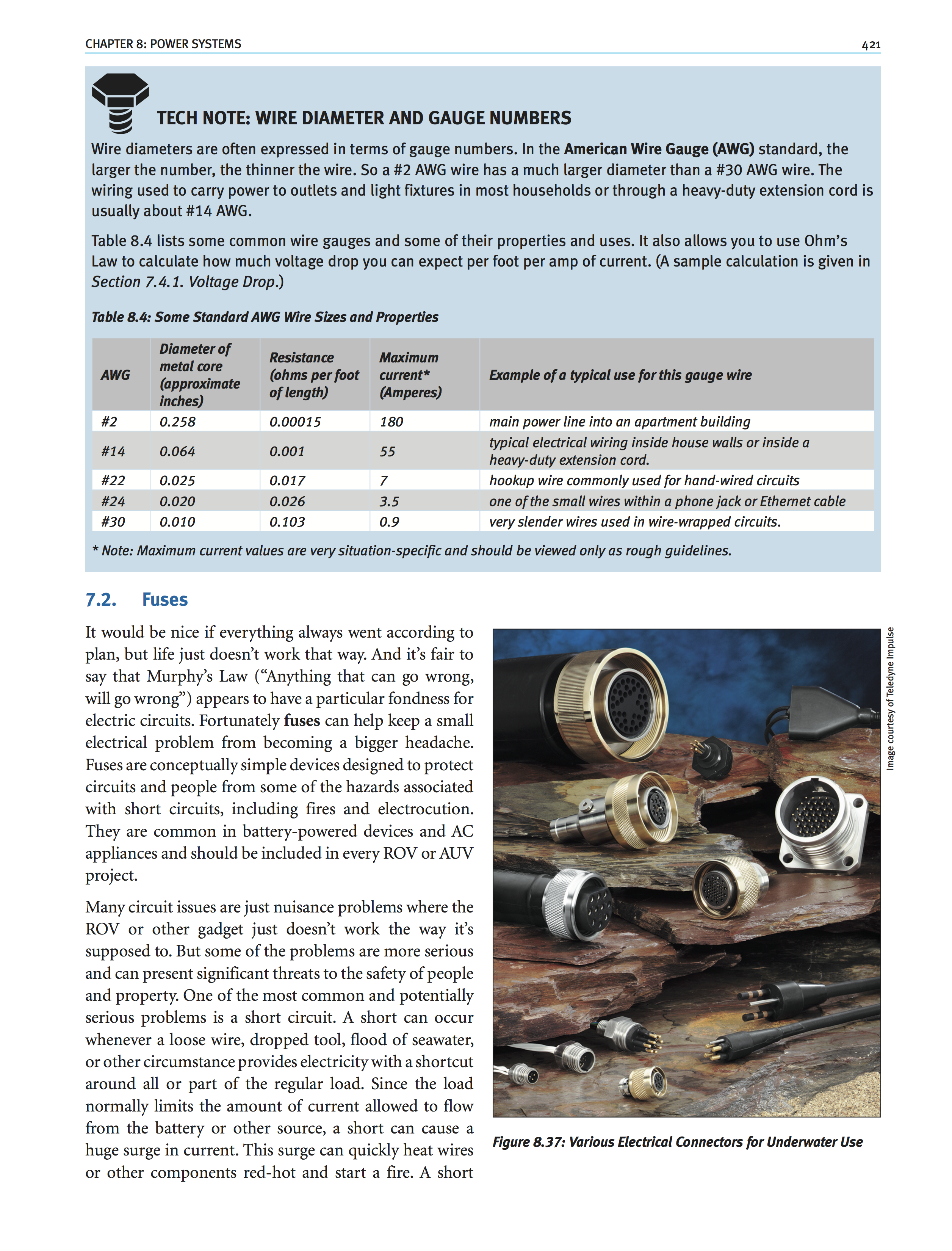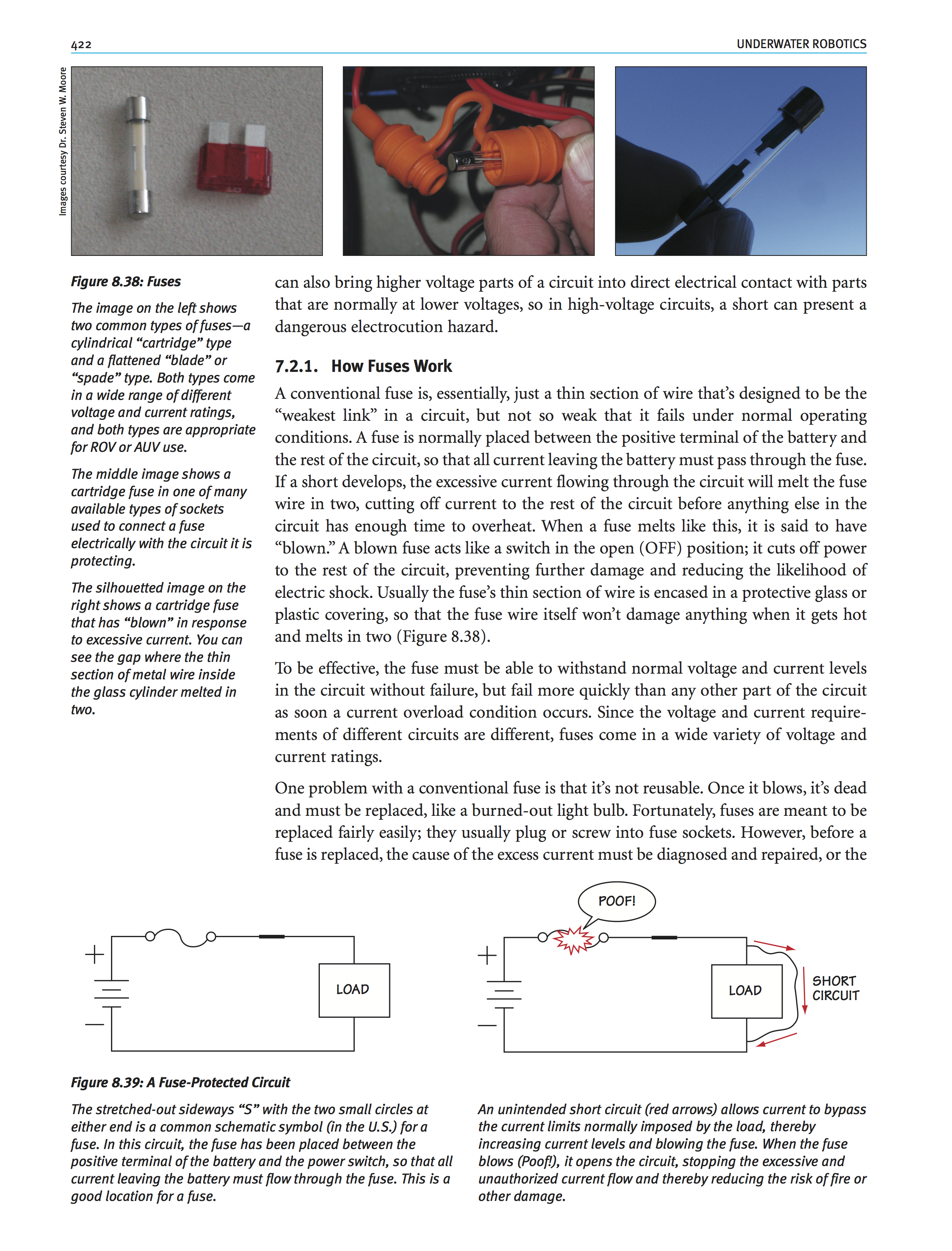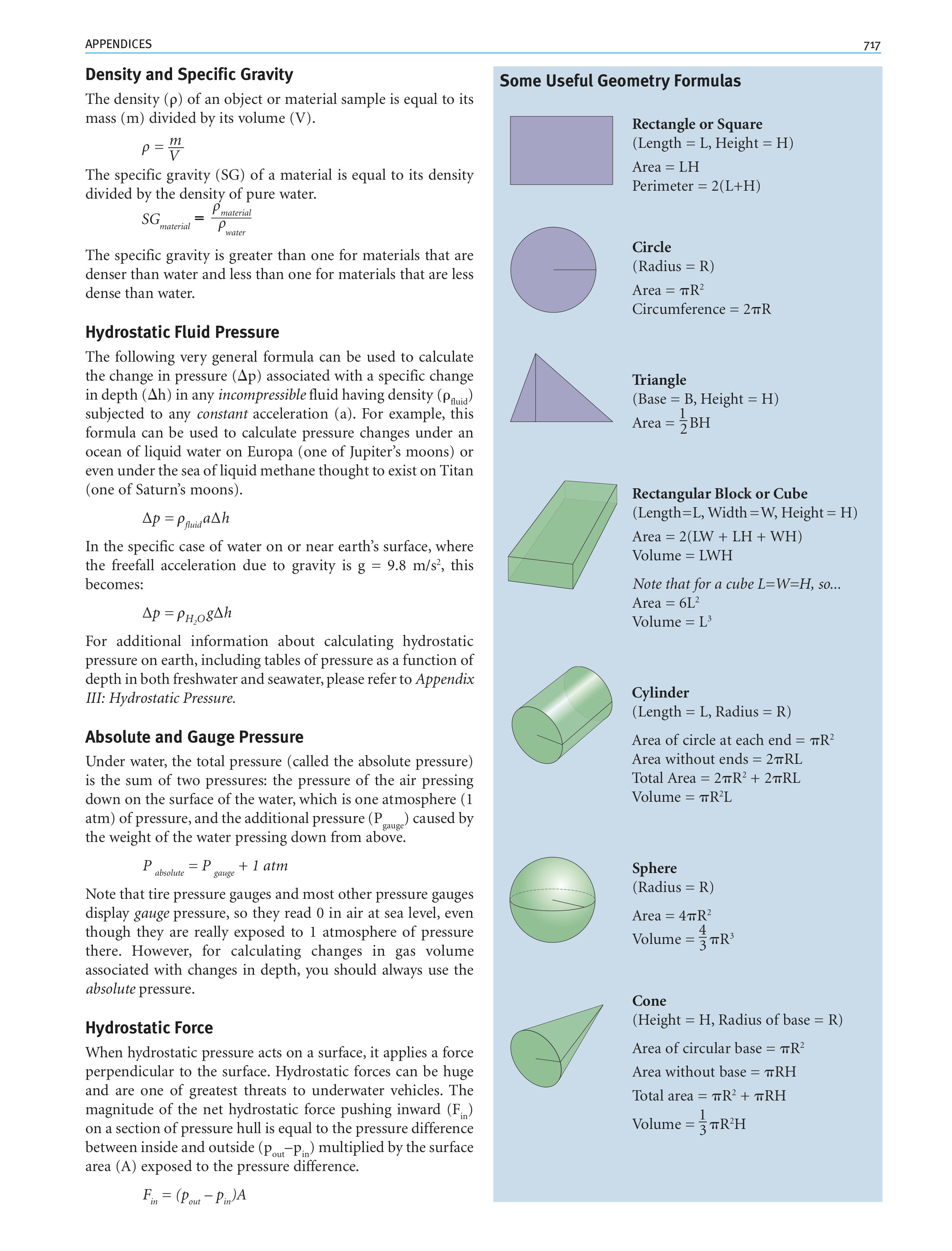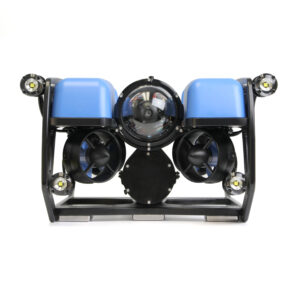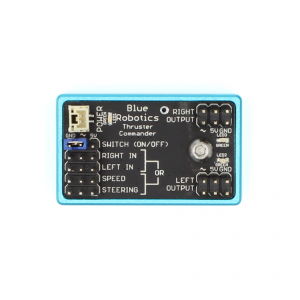Underwater Robotics: Science, Design & Fabrication
$140.00
Underwater Robotics is a fantastic book covering a wide range of ROV/AUV topics and knowledge levels from beginner to advanced!
In stock
Product Description
Co-authored by Steven W. Moore, Harry Bohm, and Vickie Jensen, this textbook is what marine robotics educators have been waiting for. The text covers physics, marine biology, oceanography, math, chemistry, construction, and more. The textbook’s structure is highly flexible; perfect for beginners, yet still a useful reference for the experienced hobbyist. This textbook provides an intriguing blend of real-life stories, up-to-date technical information, and pragmatic “how-to” advice.Product Description
Co-authored by Steven W. Moore, Harry Bohm, and Vickie Jensen, this textbook is what marine robotics educators have been waiting for. The text covers physics, marine biology, oceanography, math, chemistry, construction, and more. The textbook’s structure is highly flexible; perfect for beginners, yet still a useful reference for the experienced hobbyist. This textbook provides an intriguing blend of real-life stories, up-to-date technical information, and pragmatic “how-to” advice.Table of Contents
Chapter 1: Underwater Vehicles- Types of Underwater Vehicles
- A Brief History of Undersea Technology
- Modern-Day Uses of Underwater Vehicles and Technology
- A Detailed Look at a Work Class ROV
- Common Design Challenges
- A Design Methodology for Underwater Vehicles
- Physical Properties of Water
- Water Movements
- Plant and Animal Life in Water
- The Water Column
- Structural Overview
- Structural Performance Criteria
- Other Structural Design Considerations
- Good Structural Shapes
- Good Structural Materials
- Other Useful Materials
- Metal Corrosion
- Fabrication and Assembly
- Pressure
- Pressure-Related Forces on Submerged Objects
- Basic Principles of Pressure Hull Design
- Calculating Pressure-Related Forces on Spheres and Cylinders
- Constructing Leak-Proof Openings
- Pressure Compensation Techniques
- Encapsulation
- Encapsulation (Potting)
- Adding a Card Cage
- Why Things Float or Sink
- Designing for Optimal Buoyancy
- Why Things in Water Tip or Flip
- Trimming a Vehicle’s Orientations
- Stability
- Ballast Systems
- Practical Tips for Ballasting and Trimming a Small Underwater Vehicle
- The Basics of Moving a Vehicle through Water
- Estimating Thrust Requirements
- Producing Thrust
- An Introduction to Electric Motors
- An Introduction to Propellors
- Building Your Own Thrusters
- Thruster Placement
- Energy, Power, and Efficiency
- Vehicle Power Choices: What’s Realistic?
- An Introduction to Electricity and Electric Circuits
- How Much Electricity Does My Vehicle Need?
- Electric Power Sources for Small Vehicles
- Transmission and Distribution of Electrical Power
- Steps in Circuit Design and Construction
- Control Systems
- Navigation
- A Basic Control and Navigation System
- Advanced Control Options: Moving Beyond SeaMATE
- Hydraulic Mechanisms
- Manipulators
- Underwater Tasks and Tools
- Considerations When Designing Payloads
- Examples of Payload Options for Simple ROVS
- Operations Overview
- Operational Phases
- Building the SeaMATE ROV
- Sourcing Materials
- Constructing the Frame
- Constructing the Ballast Subsystem
- Constructing the Tether and Junction Box
- Constructing Thrusters
- Adding an Underwater Video Camera, Lighting, and Sensors
- Fabricating the Control Box, Wiring the Junction Box, and Testing
- Constructing Payload Tools
- Preparing for Sea Trials and Ops
- What’s Next? Going Beyond SeaMATE
- Dimensions, Units, and Conversion Factors
- Useful Constants, Formulas, and Equations
- Hydrostatic Pressure
- Material Properties
- How to Find Parts
- How to Find Additional Information

